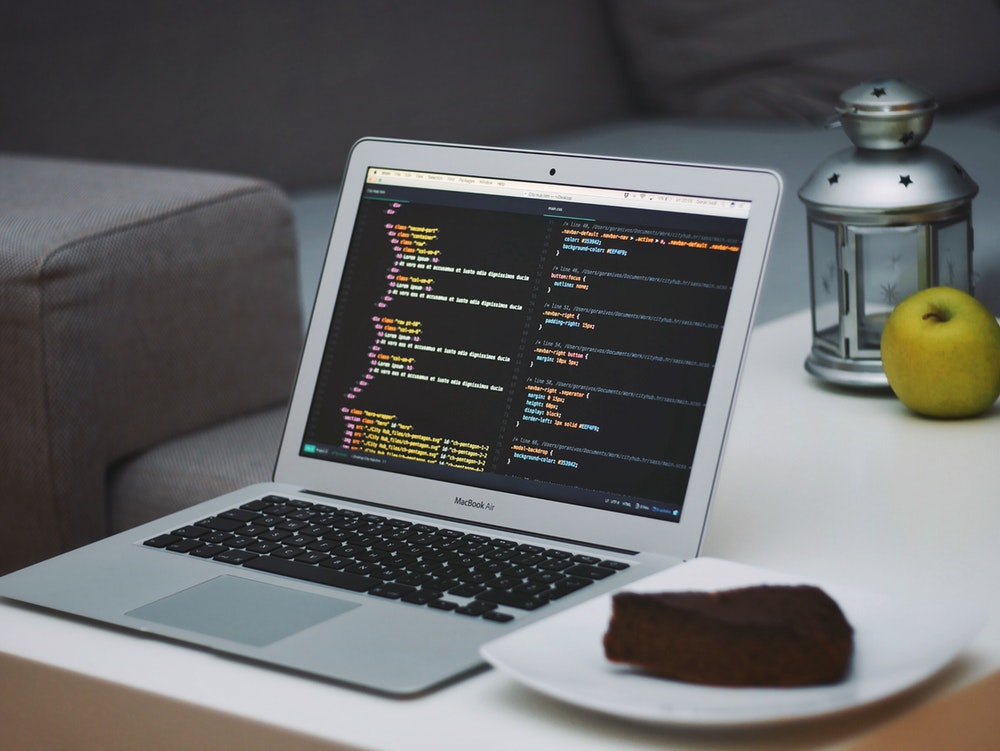How to Write Clean Code
“In order to write clean code, you must consciously apply a variety of techniques, guided by a sense of “purity” acquired by hard work. A key role here is played by a sense of code. Some are born with this feeling. Others work to develop it. This feeling not only makes it possible to distinguish […]
Project Tips and Tricks

“In order to write clean code, you must consciously apply a variety of techniques, guided by a sense of “purity” acquired by hard work. A key role here is played by a sense of code. Some are born with this feeling. Others work to develop it. This feeling not only makes it possible to distinguish good code from bad code but also demonstrates the strategy of applying our skills to transform bad code into clean code.” – Robert Martin
Writing clean code is like writing a book. You first must make a draft and then edit it to the state of finalization and easy readability. A clean code writer is a strategist. He is able to turn an empty screen into a piece of work that will benefit many by its clear readability and straightforward purpose.
As a coder, you must always remember that your code needs to tell the story of what is happening. This will ensure that the next programmer who comes across your work won’t have to spend an excessive amount of time deciphering the meaning of all your different scripts.
Signs of Clean Code
Clean Code is Obvious to Other Programmers:
Above all else, clean code is written in order that the next coder who comes along will experience an effortless interpretation of the previous code. This ensures that minimum mistakes are made when they are asked to build upon or make changes to your code.
Principles of Code Readability
- Meaningful Naming
If the name of the entity does not correspond to its functionality and purpose, then it should be renamed to the most understandable name. If this is not possible, something is wrong with its functionality and it must be refactored. - Re-usability and Flexibility
Different modules of the application can be reused in the context of one project, or can easily transfer to another project. - Single Responsibility
Any entity should be responsible for single functionality and only for it. It goes without saying that it should also perform it well. - Keep It Simple
Code should never be so complicated to the point where only you will be able to read it in the future. Constantly review your code as if you are reading it for the first time. - Code Review and the Important Role of QA Engineers
A pool of requests for each team member passes through a strict code review (ideally a team review) and QA testing until there are no comments or controversial points, or until they are covered by TODO comments before performing the priority tasks. - Avoid Mistakes by Forward Thinking
Once a mistake is made, it can lead to unfortunate losses with no way to correct the impression it made on the users or client. Write your code with a priority to avoid costly mistakes your error will cause later on during the development process. - Maintainability
Maintainability is a key attribute of good code. The scripts to your code will have to be supported sooner or later. So there is no need to complicate this process. - The names of classes, functions, variables, and parameters should convey the meaning laid down in them Names of classes, functions should inform readers about their purpose without immersion in the details of implementation
- “Magic numbers, strings” must be placed in constants
- The function should not take a large number of arguments.
If there are too many arguments, this may indicate insufficient decomposition. - The code should be covered with tests
If you start refactoring or implementing new features of a project that is not covered by tests, there is a high probability you will make a mistake only to find out about it after it is too late. Therefore, it is worth adhering to the rule – immediately test existing functionality before refactoring improvements. - Security from potential vulnerabilities
Code vulnerabilities should be given special attention. There is no doubt that any code you write without regard for its security can be a potential threat to an application. - Code works
Ultimately, the most obvious characteristic of good software code is that it performs the work for which it was intended.
Conclusion
The topic of clean code is extensive and includes many other principles and approaches that Swan Software Solutions also uses in its practice. Using the principles of writing clean code allows us to guarantee consistent high quality, development and maintainability of the products we supply to our clients
Do you need help developing your next software application but don’t know what the next step is? Contact the Swan Wedge team for a free technical discovery roadmap to get started!



